All Stories
-
 Health & Medicine
Health & MedicineThe antidepressant fluvoxamine could keep mild COVID-19 from worsening
Newly infected patients who chose to take fluvoxamine quickly recovered, while 12.5 percent who didn’t wound up hospitalized.
-
 Health & Medicine
Health & MedicineWhat do COVID-19 vaccines mean for daily life in the months ahead?
Effective COVID-19 vaccines are a ray of hope. But masks and distancing are still necessary, especially with contagious variants spreading.
-
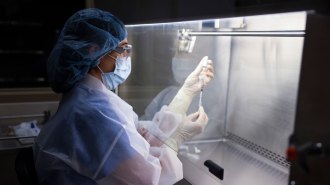 Health & Medicine
Health & MedicineOne-shot COVID-19 vaccine is effective against severe disease
The effectiveness of Johnson & Johnson’s vaccine at preventing hospitalization and death holds up against a South Africa variant of the coronavirus.
-
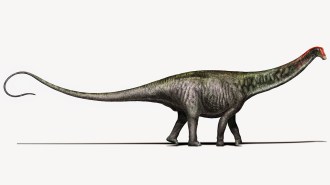 Animals
Animals50 years ago, scientists made the case for a landlubbing Brontosaurus
In 1971, a scientist argued for a landbound Brontosaurus instead of a swampy swimmer. Recent evidence comes from studies of its ancient environment.
-
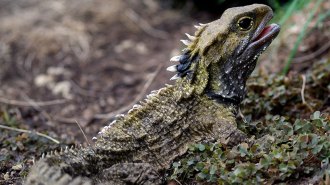 Genetics
GeneticsLizard-like tuatara carry two distinct mitochondrial genomes
Having two mitochondrial genetic instruction books, a first for vertebrates, may help explain tuatara’s unique ability to tolerate cold temperatures.
-
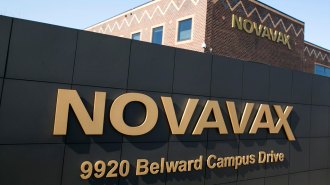 Health & Medicine
Health & MedicineNovavax’s COVID-19 vaccine is effective, but less so with some variants
Novavax’s vaccine fends off the original coronavirus and a U.K. variant, but had more trouble with a South Africa variant.
-
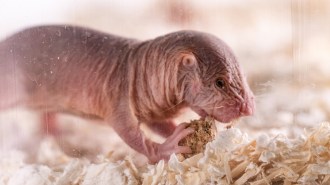 Animals
AnimalsNaked mole-rat colonies speak with unique dialects
Machine learning reveals that these social rodents communicate with distinctive speech patterns that are culturally inherited.
-
 Anthropology
AnthropologyHumanlike thumb dexterity may date back as far as 2 million years ago
A computer analysis suggests early Homo species developed a powerful grip, giving them an evolutionary edge over some other tool-using hominids.
By Bruce Bower -
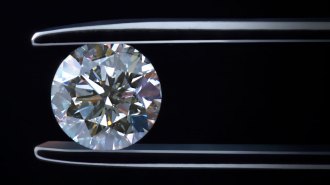 Physics
PhysicsDiamond holds up at pressures more than five times those in Earth’s core
Even when pummeled with lasers, diamond retains its structure, which could reveal how carbon behaves in the cores of some exoplanets.
-
 Chemistry
ChemistryChemists are reimagining recycling to keep plastics out of landfills
Recycling plastics is really hard, and usually creates low-quality materials that aren’t good for much. Chemists are trying to change that.
-
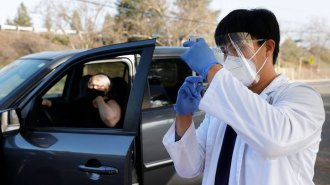 Health & Medicine
Health & MedicineHow coronavirus variants may pose challenges for COVID-19 vaccines
Some coronavirus mutations may make vaccines less effective, but the immune system is multifaceted and vaccines can be updated.
-
 Physics
Physics‘Fundamentals’ shows how reality is built from a few basic ingredients
In ‘Fundamentals,’ physics Nobel laureate Frank Wilczek shares essential lessons from physics.